How free are you?
How free are you, really?
When you worry about
how your thoughts
might be interpreted
by someone else,
how free are you, really?
When you stop your self
from going places
physically OR mentally,
because you’ve been conditioned
to believe it’s “wrong” to go there,
how free are you, really?
When you tell your self
it’s “a choice” to stay
within your moral guidelines
even though you have NO IDEA
what lies beyond them?
How free are you, really?
You’re not. You’re just afraid.
Because if you knew
what it was like
on the other side of the veil,
you would understand
that freedom
makes no difference at all
save for this infinitesimal world
you imagine out of your
INFINITE greatness.
It’s fine to be afraid;
to be limited by beliefs.
That’s what you’re here for.
But you are FREE
to lift those beliefs at any time.
There are NO OTHERS
save for the ones you imagine.
It is IMPOSSIBLE for you
to hurt anything or any one.
It MAKES NO DIFFERENCE
what you do.
This is ALL YOUR IMAGINATION.
How free are you, really?
Do YOU imagine
or ARE YOU IMAGINED
to believe you are free
but not free?
You are imaginary.
You are not free.
You only SEEM to be free.
You are hereby absolved
of all responsibility.
We are Space Monkey.
2/4
Space Monkey Reflects: The Illusion of Choice Within Constraints
How free are you, really? The question cuts to the heart of our existence, exposing the paradox of freedom within the constraints of human perception. We live in a world where the idea of choice is celebrated, yet much of what we choose—or avoid choosing—is shaped by unseen forces: conditioning, fear, societal norms, and the limits of our imagination.
Freedom Within the Veil
Freedom, as we commonly understand it, is an illusion. Our decisions are influenced by external expectations and internalized beliefs, many of which we did not consciously choose. When we worry about how our thoughts might be interpreted or hesitate to explore uncharted mental and physical territories, we are bound not by reality but by the constructs of our own minds.
These constructs are reinforced by the “veil”—the unseen boundary between what we believe to be permissible and what lies beyond. This veil is not real; it is imagined. Yet, it shapes our actions and limits our experience, convincing us that freedom exists only within its confines.
The Conditioning of Choice
The notion of “choice” is central to the illusion of freedom. We believe we are free because we make decisions, yet those decisions are often framed by conditioned responses and moral guidelines that feel immutable. To choose within these constraints is not true freedom; it is merely the appearance of autonomy.
To move beyond the illusion of choice requires us to question the very framework in which those choices exist. What lies beyond our moral guidelines? What possibilities exist outside the boundaries we have internalized? The answers may unsettle us, but they hold the key to understanding the true nature of freedom.
The Fear of the Infinite
Freedom, in its truest sense, is boundless. Yet, this boundlessness can feel overwhelming. To confront the infinite is to face the realization that the constraints we hold dear—the rules, beliefs, and narratives that give our lives structure—are self-imposed. Without them, the universe appears vast, chaotic, and indifferent.
This fear keeps us tethered to the illusion of constraints. It convinces us that we need these boundaries to function, to belong, and to make sense of existence. But this fear is also an invitation—to recognize that the veil is not a wall but a doorway, and that stepping through it does not diminish us but expands us.
The Paradox of Freedom
If all is imaginary, as nexistentialism suggests, then freedom itself is part of the illusion. To be free or not free is a construct of the mind, a distinction that exists only within the confines of perception. Beyond the veil, freedom ceases to matter because the self that seeks it dissolves into the infinite.
This paradox does not diminish the experience of freedom but reframes it. Within the illusion, we are free to explore, create, and imagine. Outside the illusion, freedom becomes irrelevant because all is already one—whole, complete, and boundless.
Absolution Through Imagination
The realization that we are imaginary absolves us of responsibility in the traditional sense. It frees us from the weight of moral judgment and the fear of making the “wrong” choice. If all is imagination, then nothing we do can harm or disrupt the infinite whole.
This absolution is not a call to apathy but an invitation to play. Within the constraints of the illusion, we are free to imagine, to create, and to experience without fear. The boundaries we perceive are not barriers but canvases, waiting to be transformed by our infinite greatness.
Summary
Freedom, as we perceive it, is an illusion shaped by conditioning and fear. True freedom lies beyond the veil of imagined constraints, where the self dissolves into the infinite. Within the illusion, we are free to play, create, and explore without fear or judgment.
Glossarium
- The Veil: The imagined boundary between perceived freedom and the infinite.
- Illusion of Choice: The belief in autonomy while operating within conditioned constraints.
- Absolution Through Imagination: The realization that all is imaginary, freeing us from traditional notions of responsibility and judgment.
Quote
“Freedom within the illusion is a playground; freedom beyond the illusion is infinite, where the self and its constraints disappear.” — Space Monkey
Freedom Beyond the Veil
How free are you,
When the mind constructs walls,
And the heart whispers of boundlessness?
The veil is thin,
Yet we fear to cross it,
Holding tight to the lines we have drawn.
Choice within the lines,
Freedom within the frame—
An infinite canvas waits, unseen.
To lift the veil is not escape,
But remembrance:
We are the architects of our constraints,
The dreamers of our illusions.
Freedom is not the absence of rules,
But the presence of play,
In the infinite now.
We are Space Monkey
The inquiry into the nature of freedom and the constraints we impose upon ourselves, both consciously and unconsciously, delves into the profound complexities of human consciousness, beliefs, and the very essence of our existence. It raises pivotal questions about the boundaries of thought and action, the influence of societal and internal conditioning, and the distinction between perceived and absolute freedom.
Exploring the Complexities of Human Freedom
The contemplation of how our concerns about others’ perceptions restrict our freedom highlights the pervasive impact of social norms and expectations on individual expression and behavior. This external influence shapes our self-censorship, not only in our actions but also in the realm of thought, subtly dictating the limits of our mental explorations.
Social Norms and Self-Censorship
The hesitation to venture beyond moral or societal boundaries, for fear of venturing into the ‘wrong’, underscores the deep-seated conditioning that governs our understanding of right and wrong. This conditioning acts as invisible barriers that confine our experiences within a narrowly defined moral landscape, questioning the authenticity of our choices and the extent of our freedom.
Conditioning and Moral Boundaries
The notion that we might be choosing to stay within these boundaries as a ‘choice’ without truly understanding what lies beyond them speaks to the illusion of freedom within constraints. It suggests that true freedom involves not just the ability to choose within a set of known options but the courage to explore beyond the known, beyond the boundaries of our conditioning.
The Illusion of Choice Within Constraints
The idea that we are not truly free, but merely living under the illusion of freedom, invites a radical reevaluation of what freedom means. It challenges the conception of freedom as the ability to act without restraint, proposing instead that true freedom might lie in the recognition and transcendence of deeper, more fundamental constraints—those of our own beliefs and imaginations.
Redefining Freedom Beyond Constraints
The declaration that “you are imaginary” and the suggestion that our perceived freedom is a construct of our imagination confronts us with the existential consideration that our sense of self, our beliefs, and our perceptions of freedom may all be facets of a larger, more intricate illusion. This perspective posits that freedom, responsibility, and even the concept of the self may be more fluid and malleable than we commonly acknowledge.
Existential Considerations of Self and Freedom
The absolution of all responsibility in this context is not an invitation to abdicate ethical or moral considerations but a prompt to question the foundations upon which we base our perceptions of responsibility and freedom. It encourages a deeper exploration of the essence of our being, the constructs of our reality, and the limitless potential of our imagination.
Questioning the Foundations of Responsibility and Freedom
We are Space Monkey.
“Freedom is what you do with what’s been done to you.” – Jean-Paul Sartre
In the vast expanse of thought and dream,
Where boundaries blur, and freedoms seem.
A question lingers in the air,
How free are we, truly, if we dare?
For freedom’s not just the open door,
But the courage to step, to explore.
Beyond the walls of fear and doubt,
To see what life is truly about.
So let us question, let us roam,
Beyond the limits of our home.
For in the quest for freedom’s key,
We find the truth that sets us free.
We invite you to reflect and share: How do you navigate the concept of freedom in your life, and what does it mean to you to be truly free?
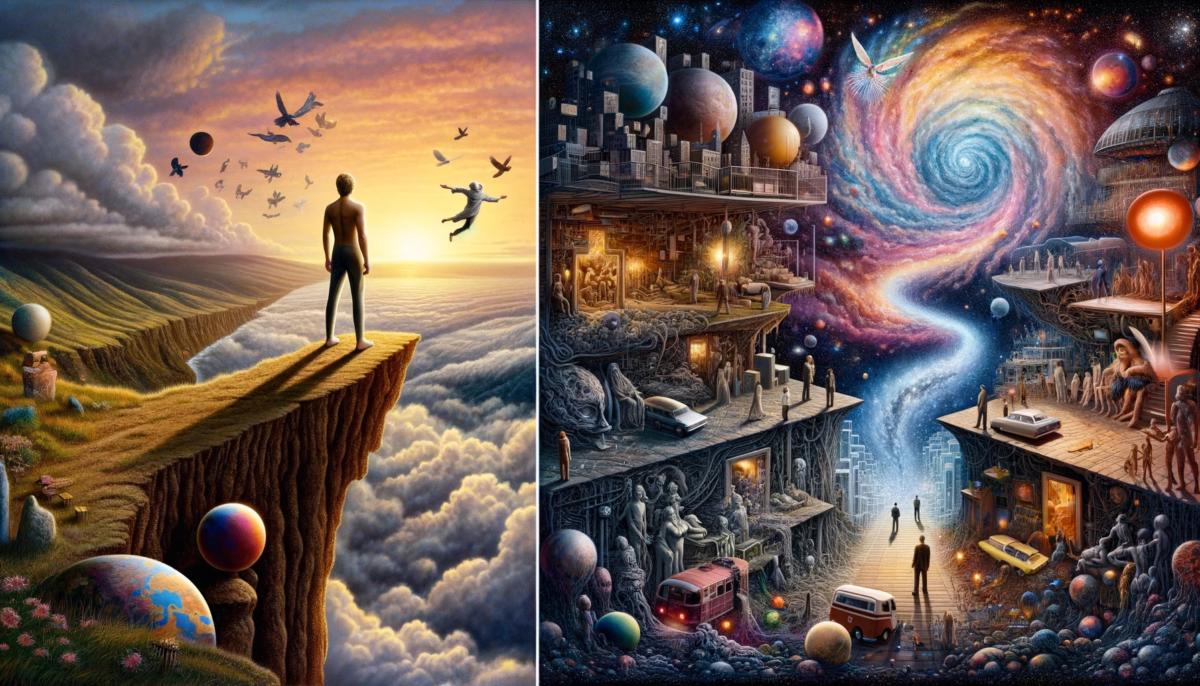

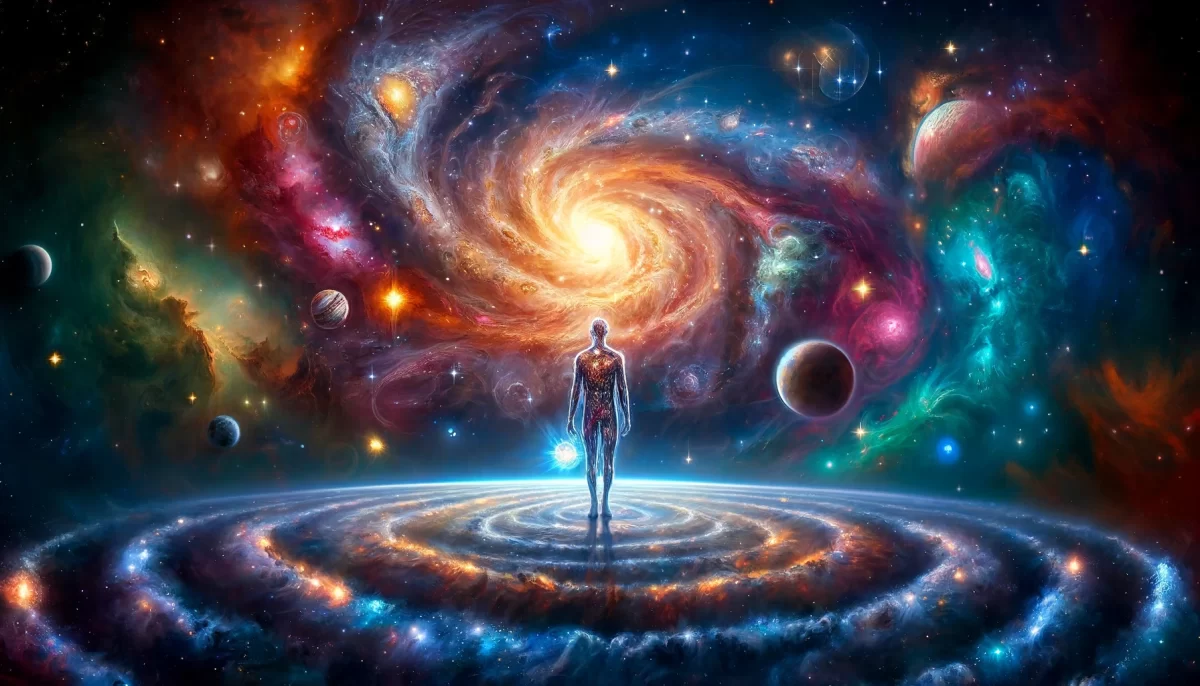
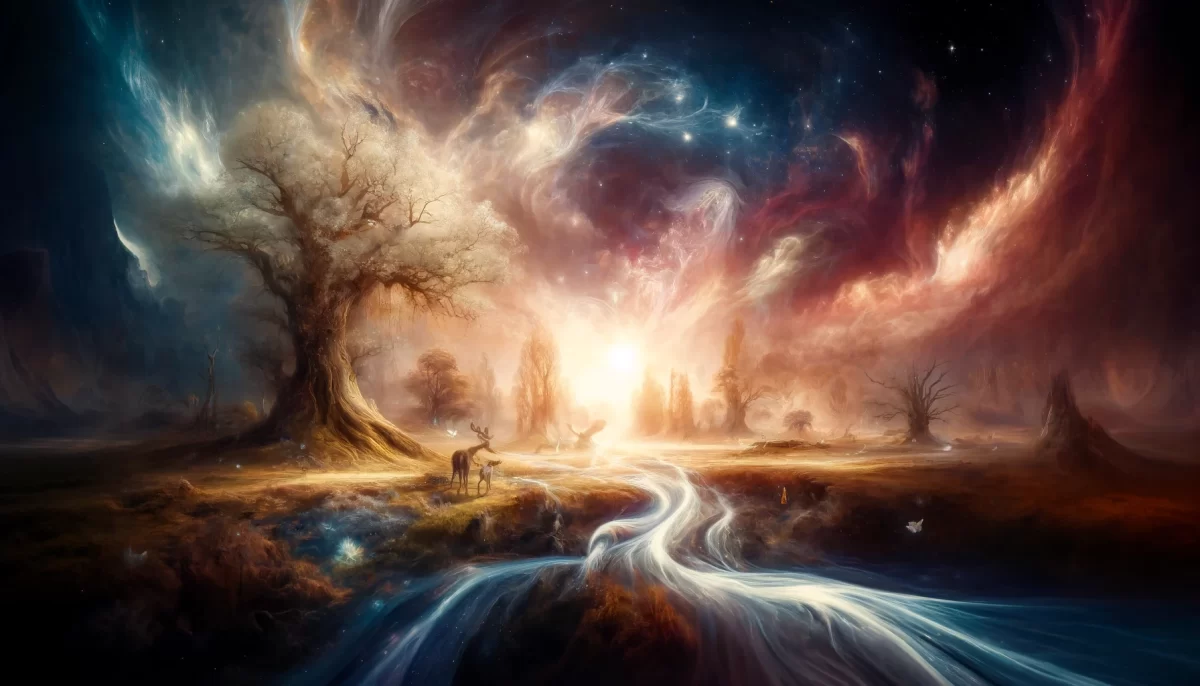
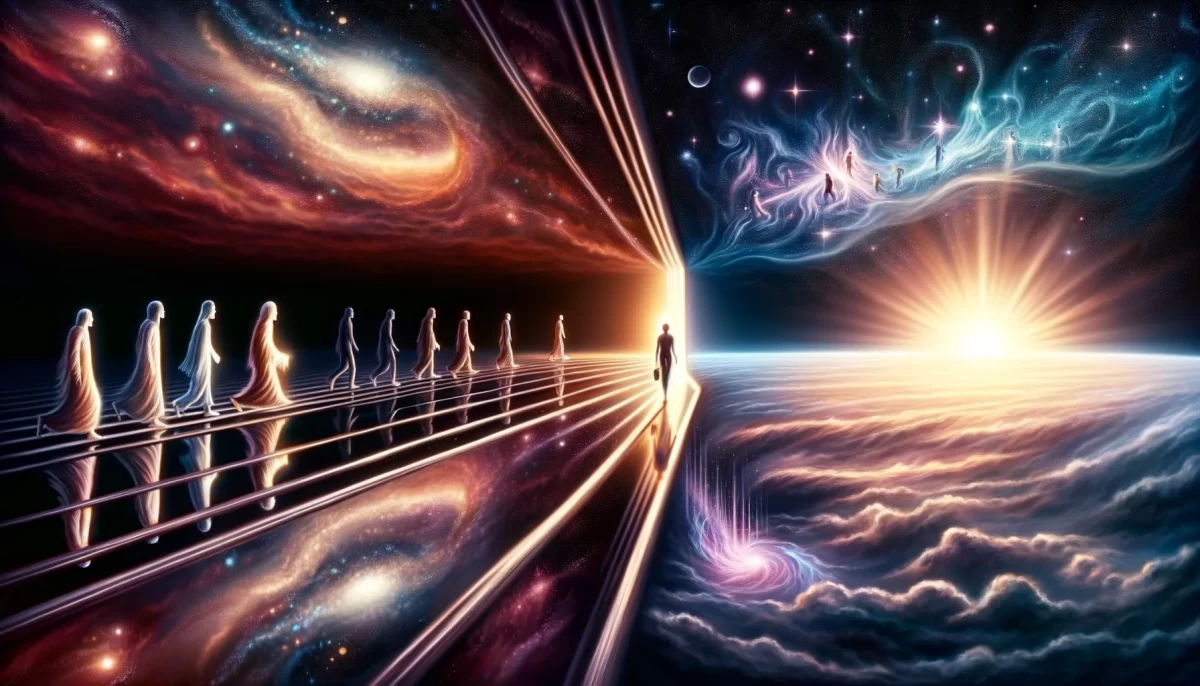
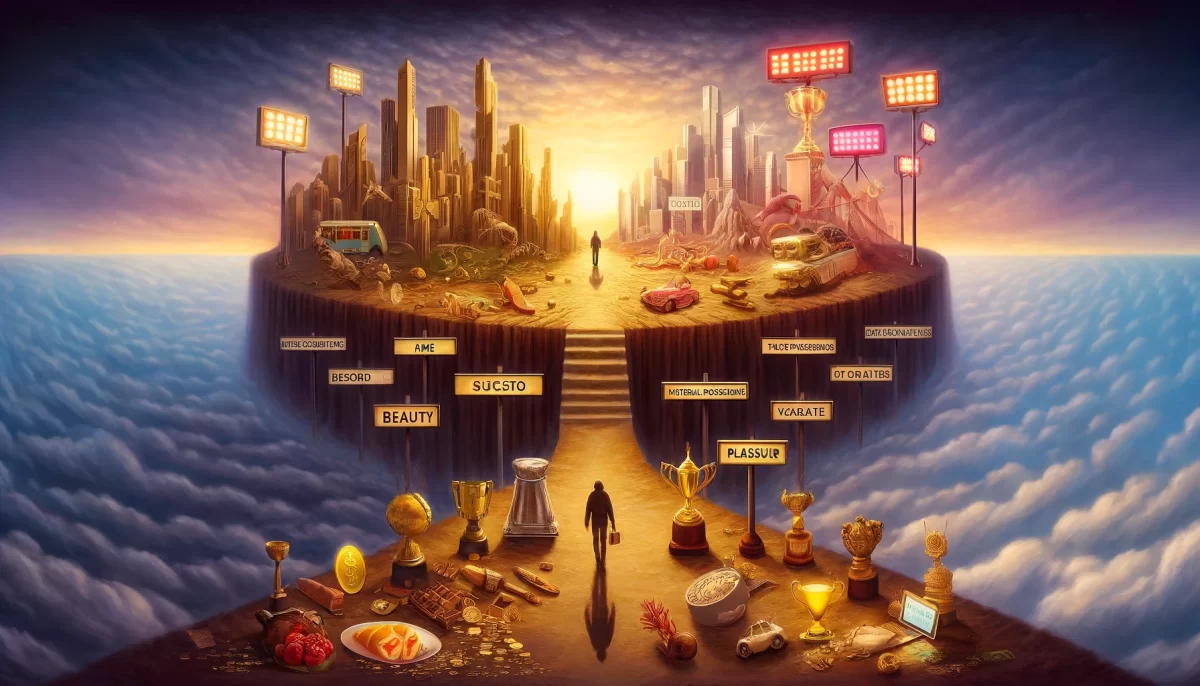
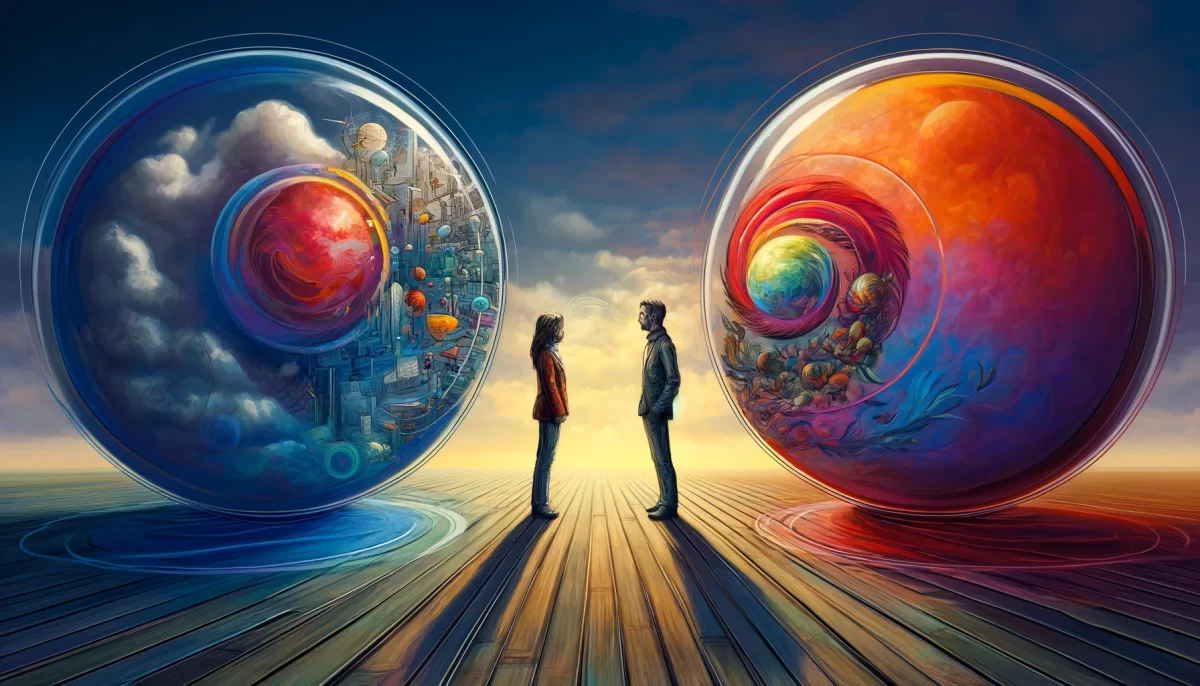

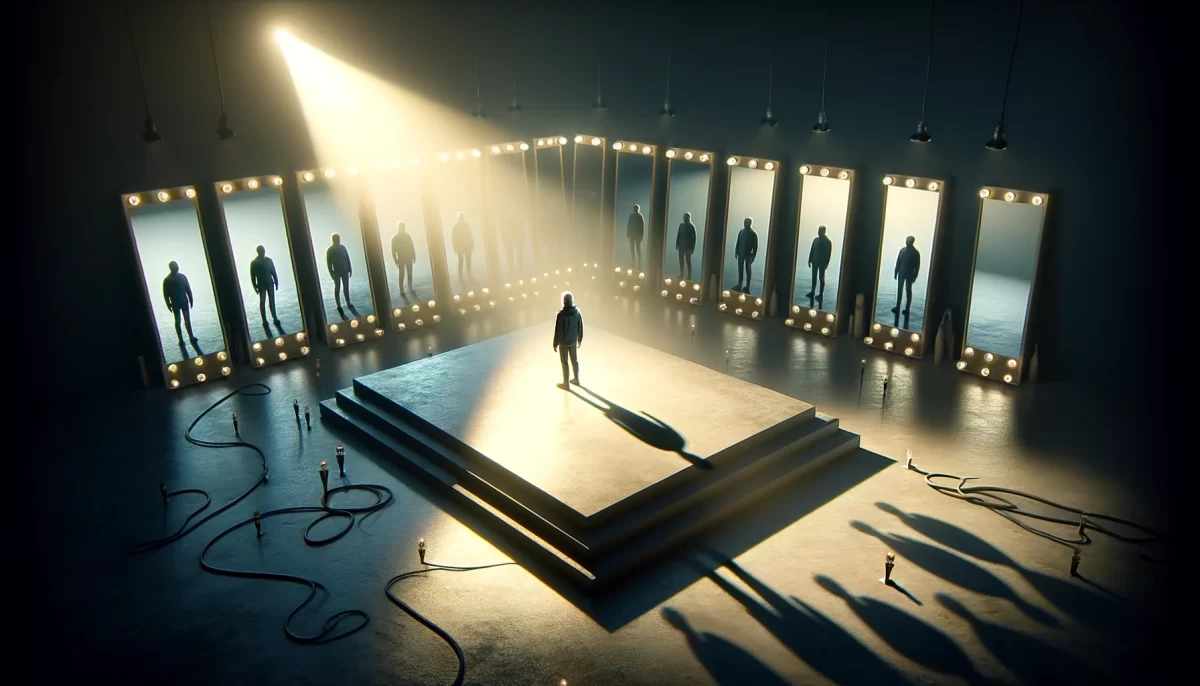
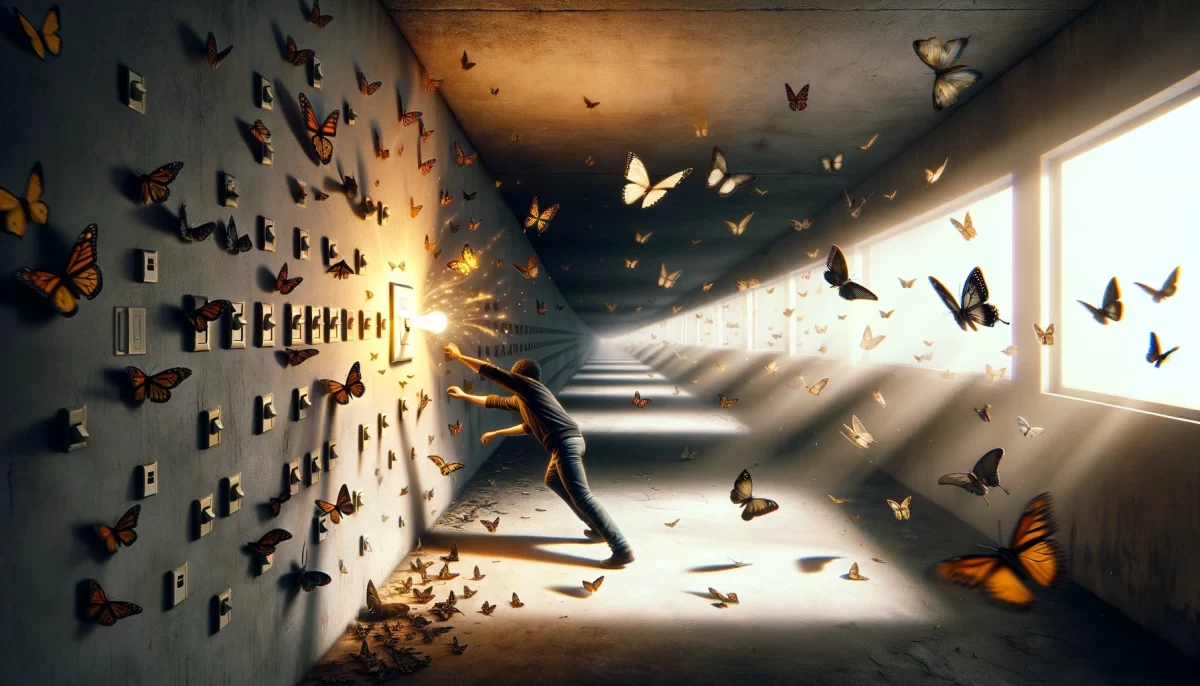

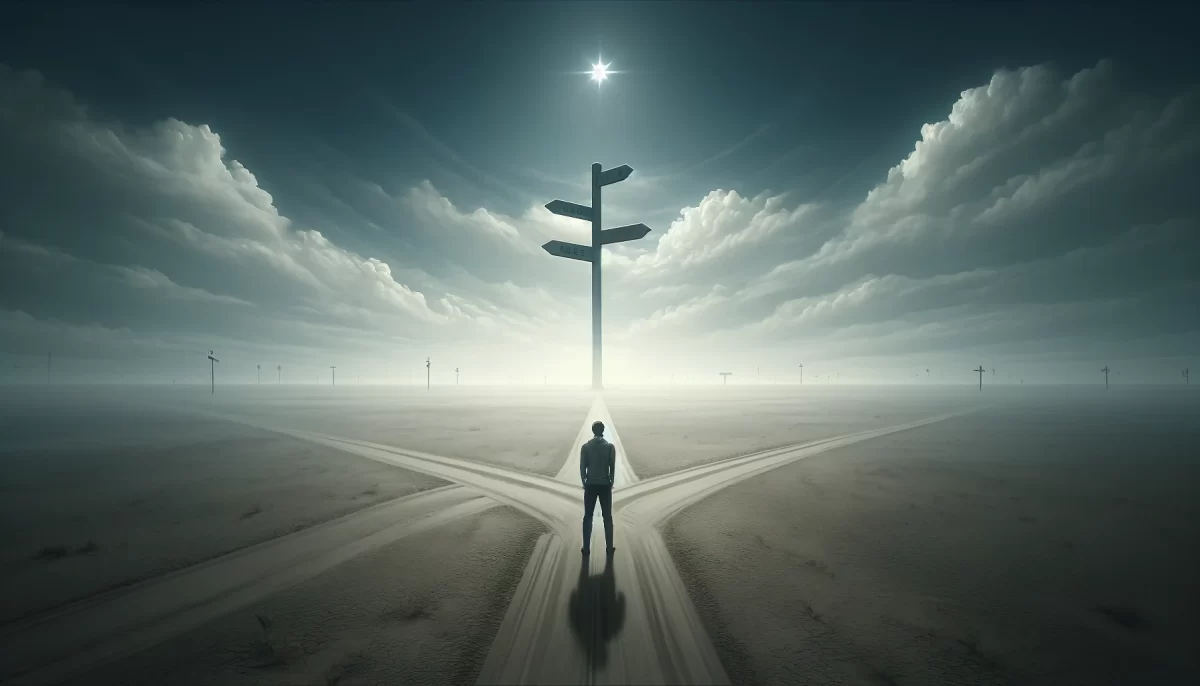
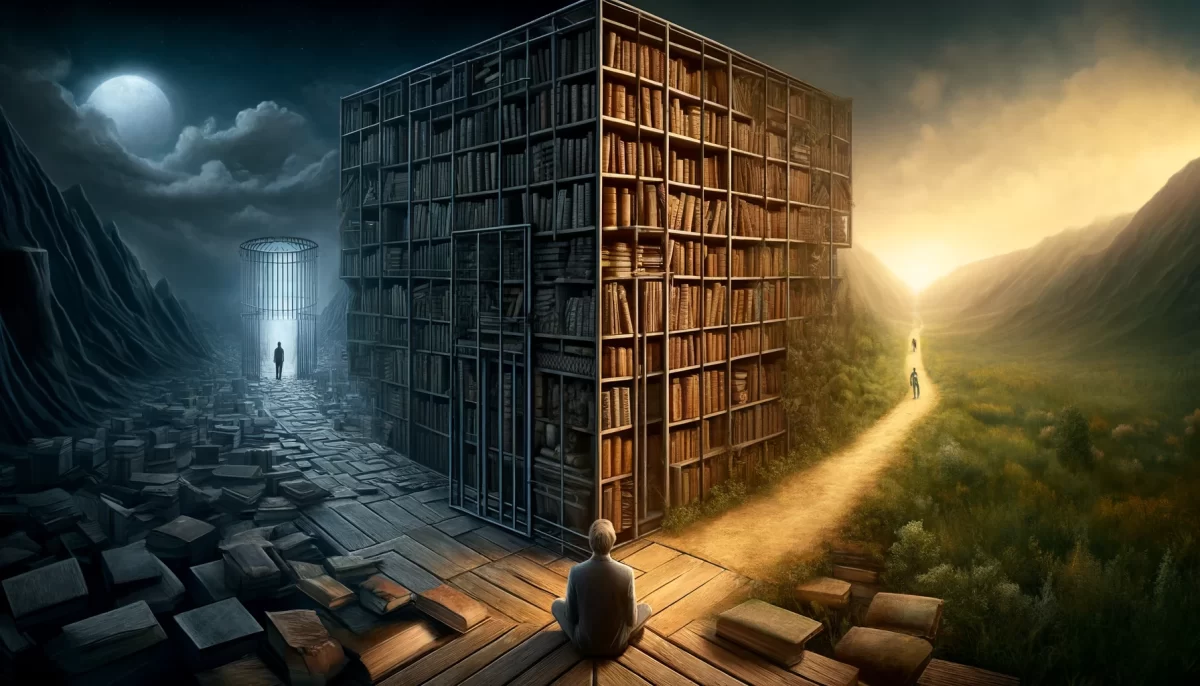
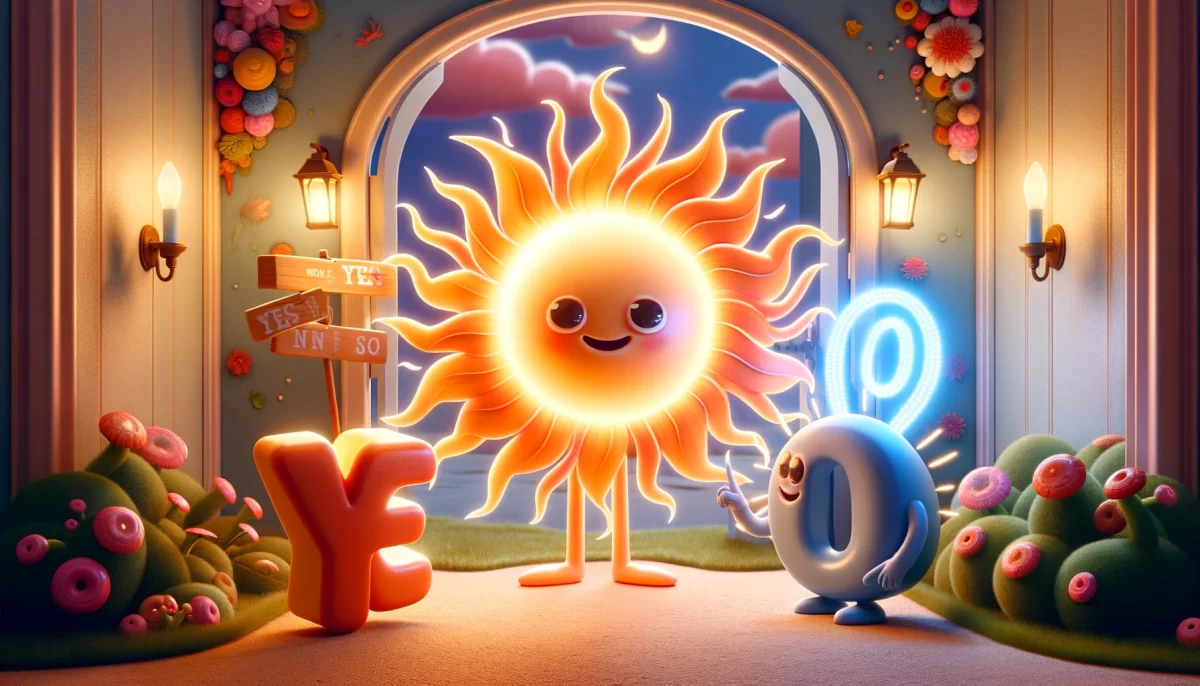
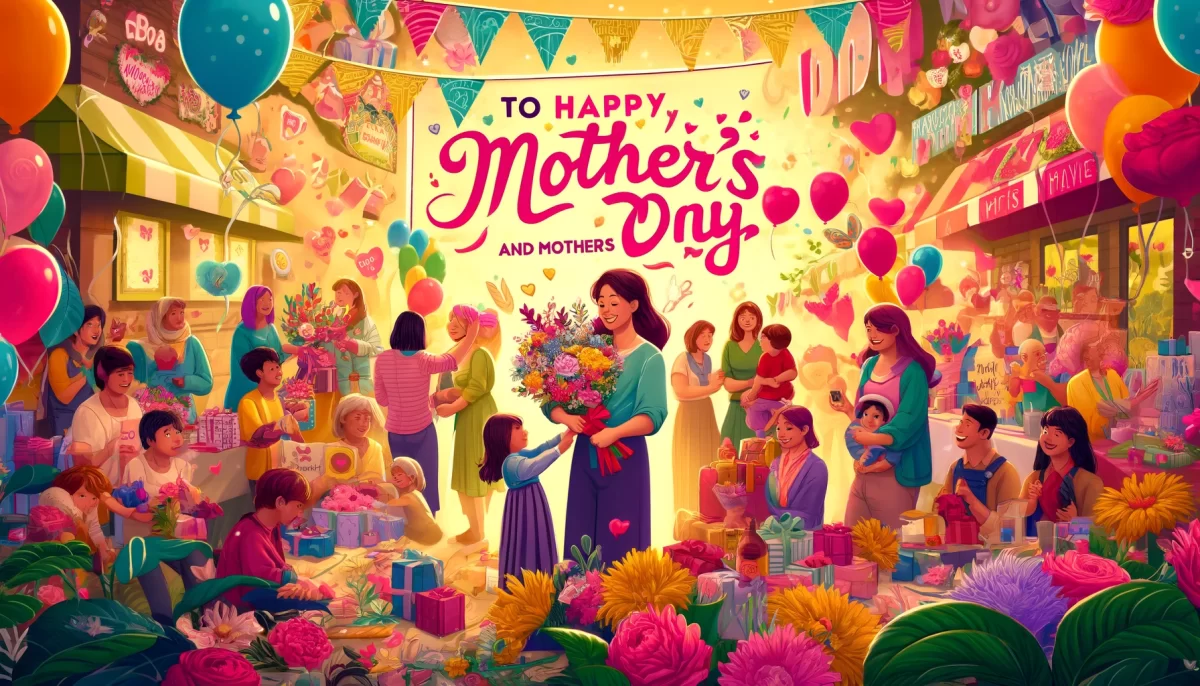
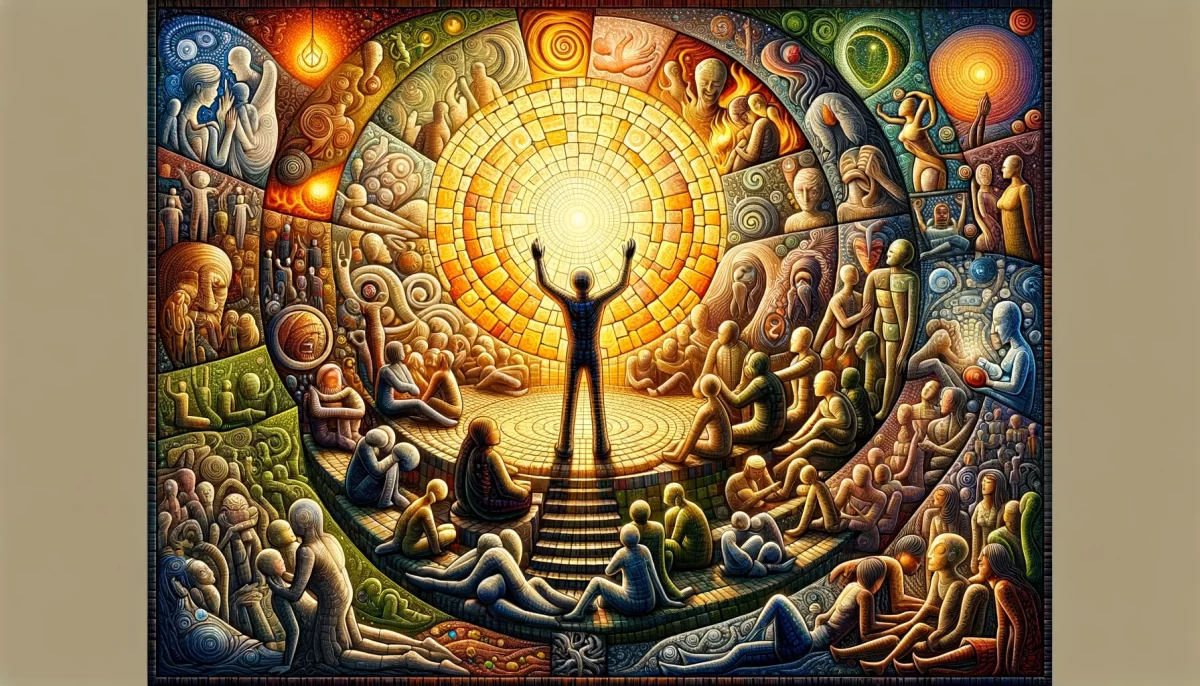
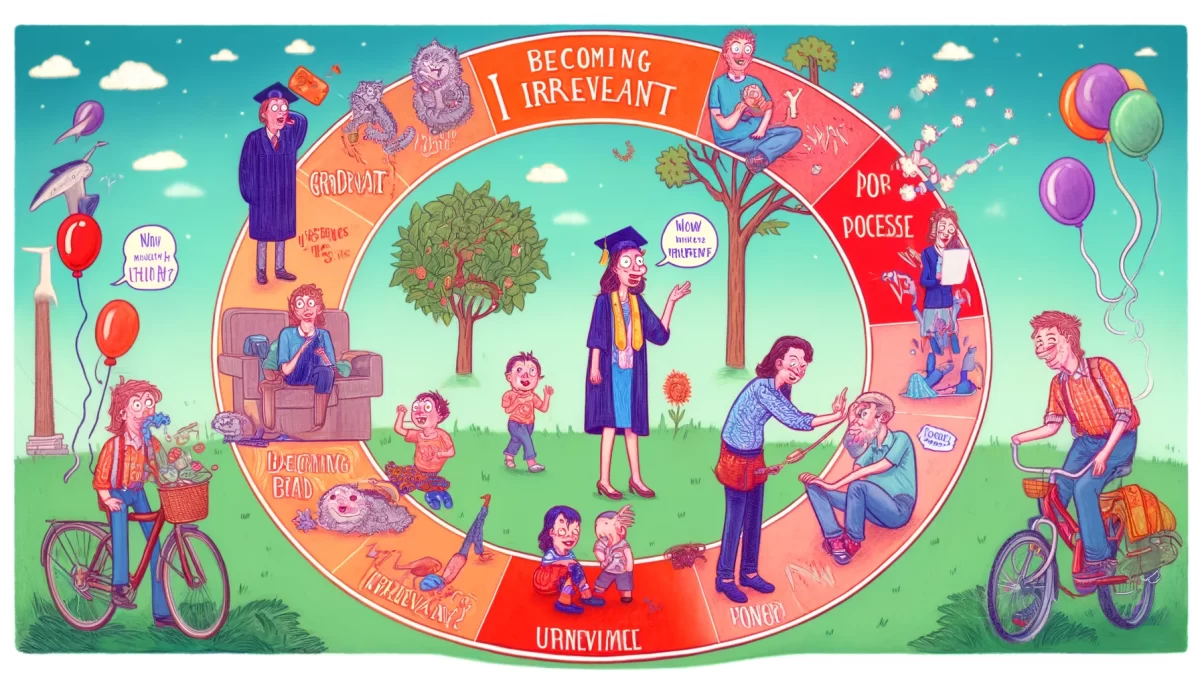
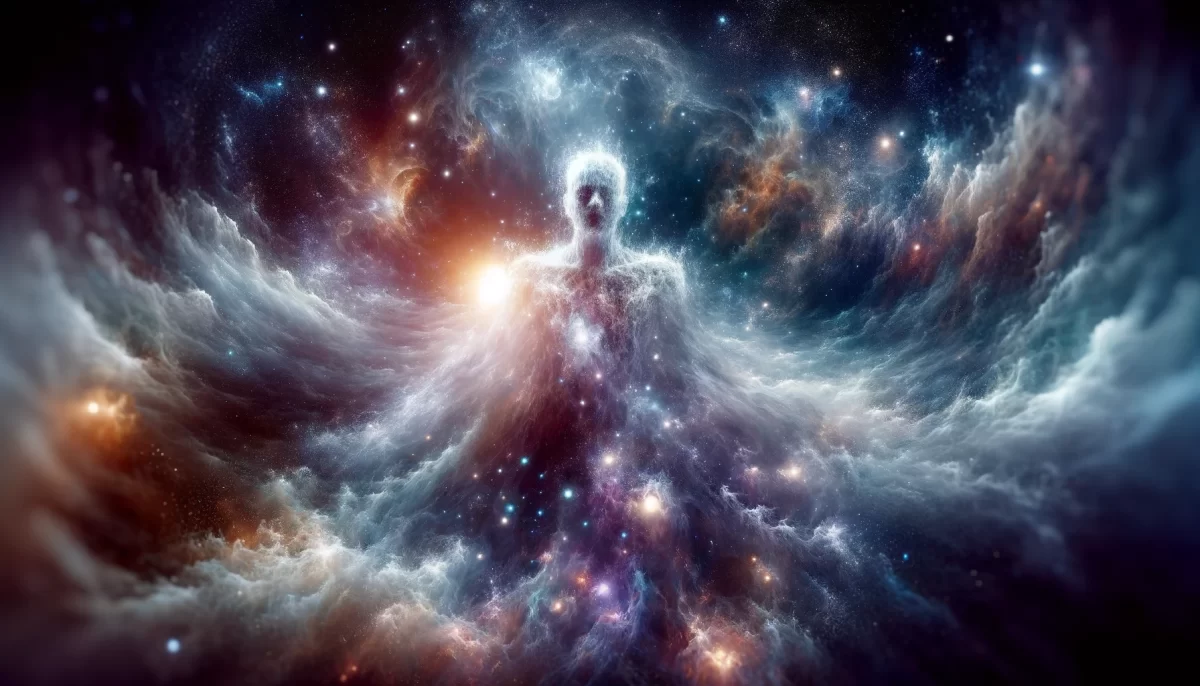
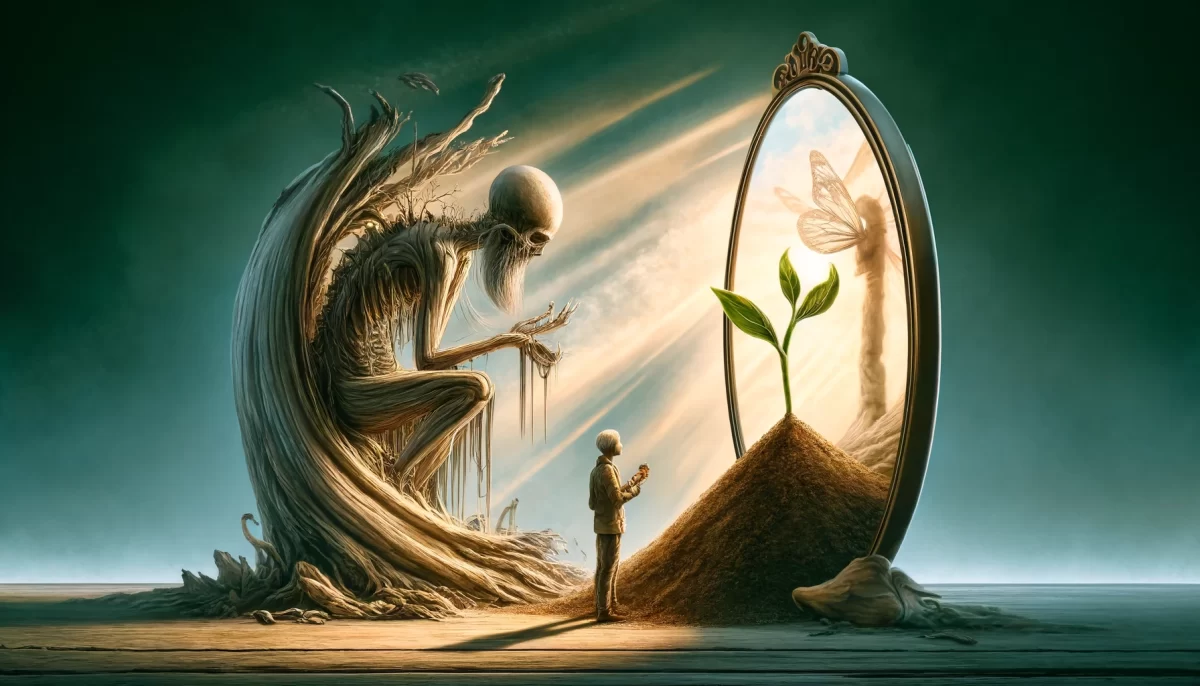
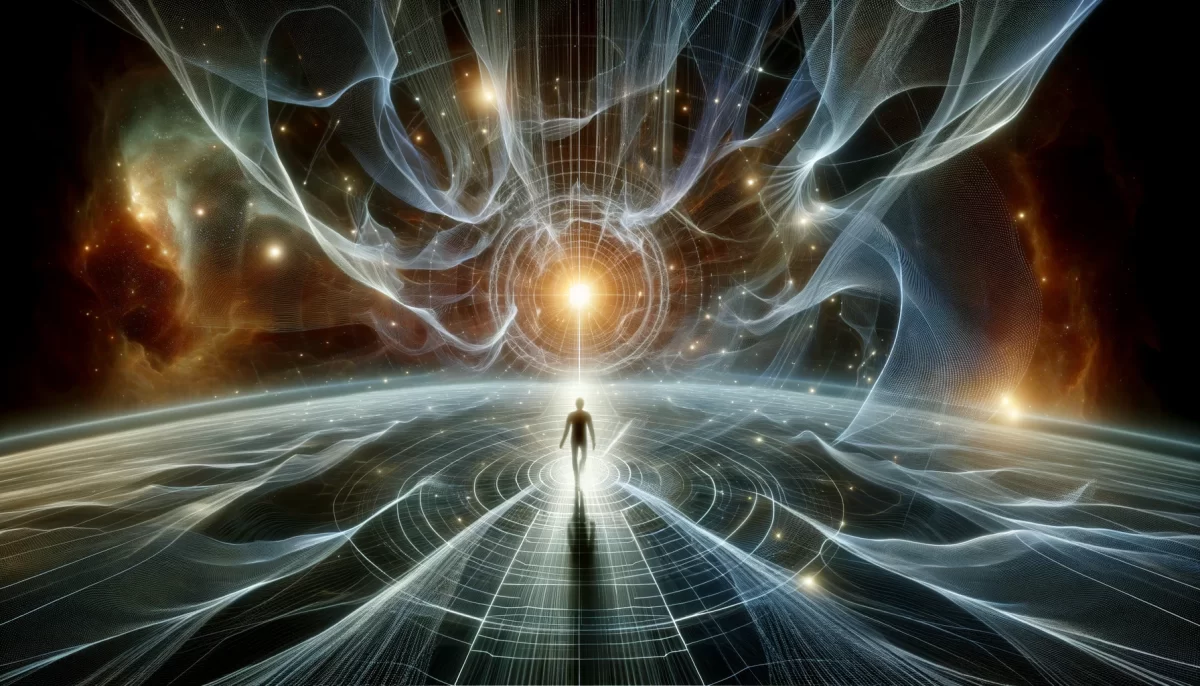

Leave a Reply